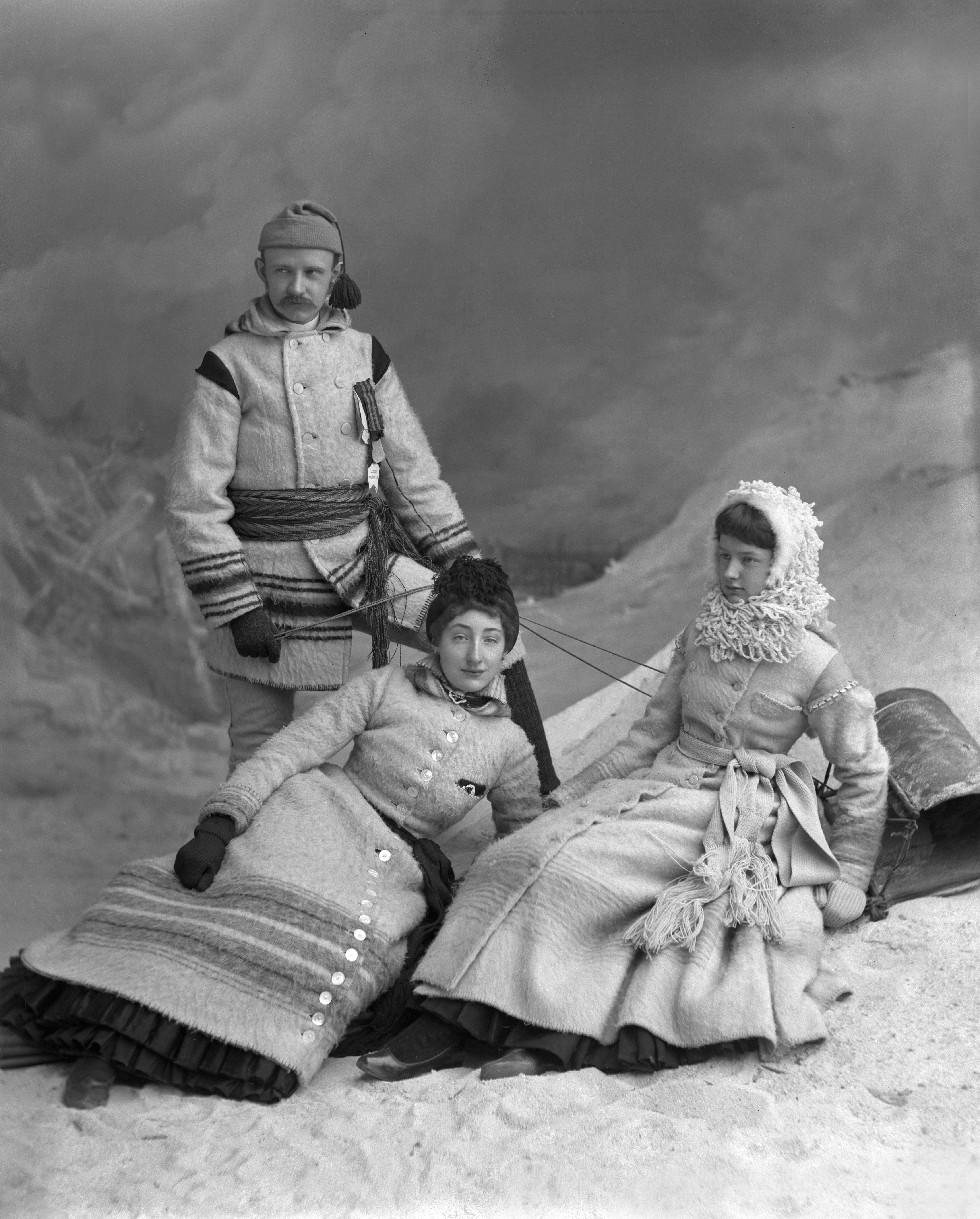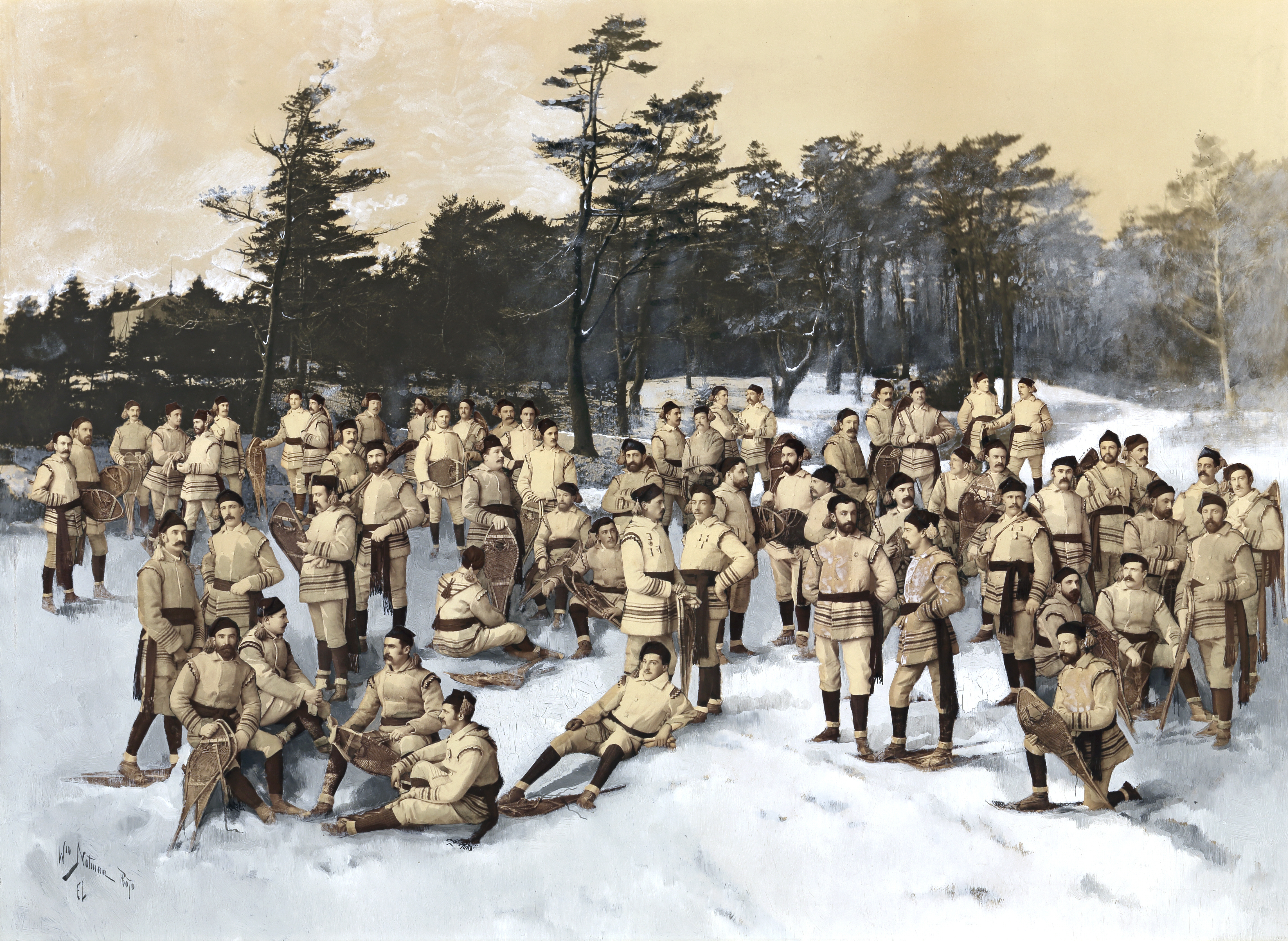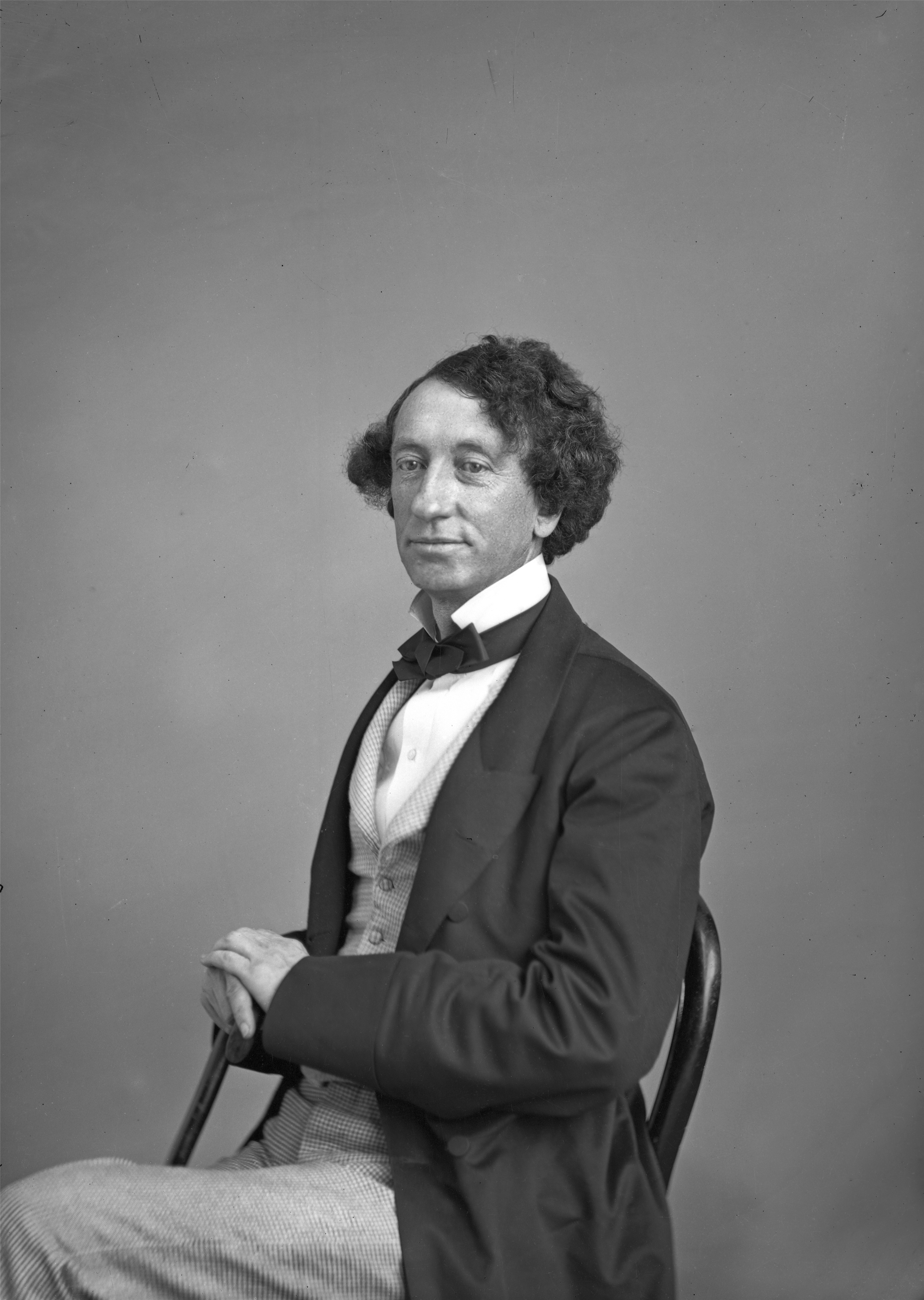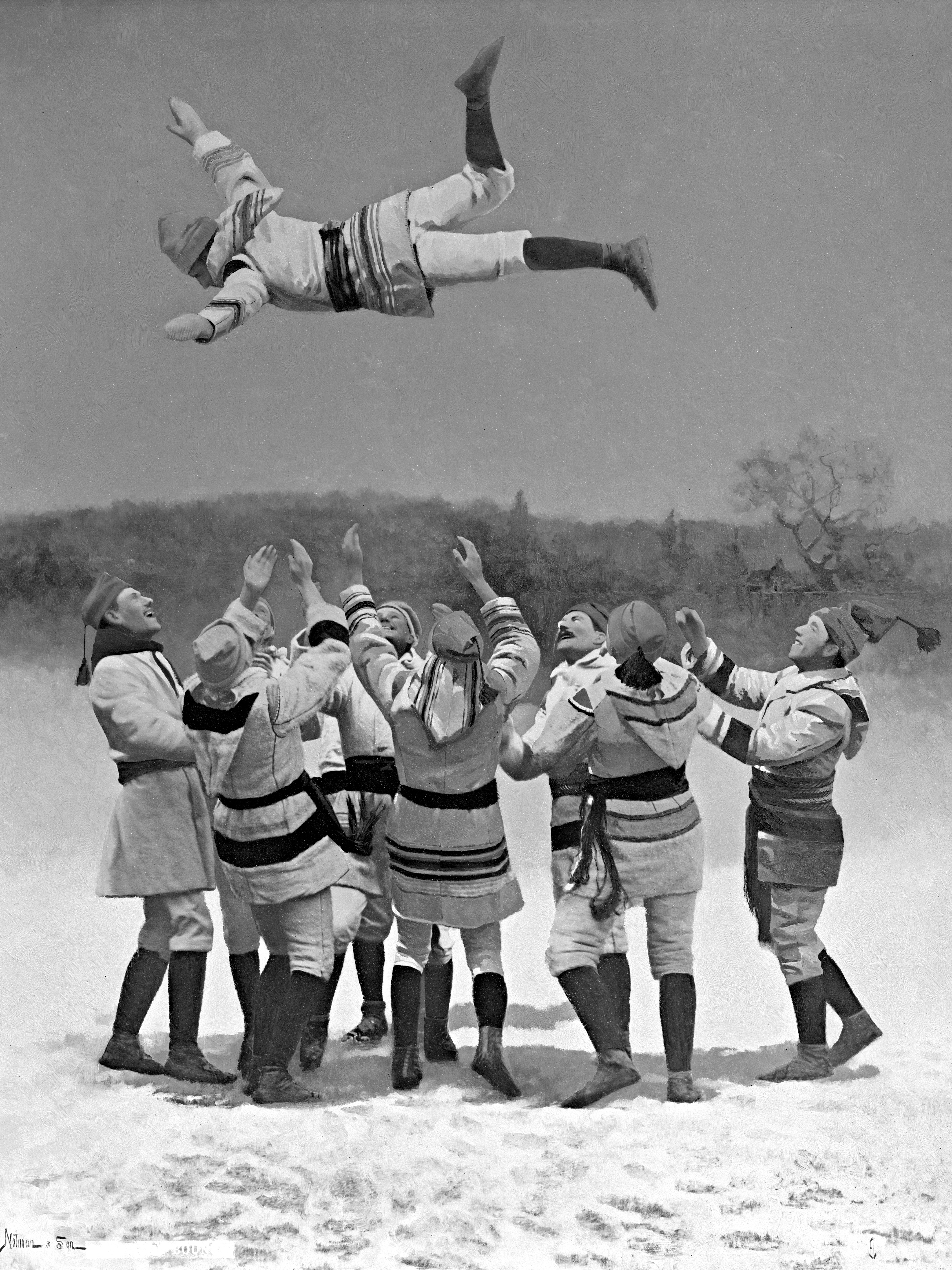William Notman, photographer (born 8 March 1826 in Paisley, Scotland; died 25 November 1891 in Montreal, QC). William Notman was Canada’s first internationally recognized photographer.

Early Life and Career
Having received early training in painting and drawing, William Notman hoped to pursue a career as a professional artist. His hopes were thwarted by the expectation that he would join his father’s cloth design and manufacturing business. As it turned out, however, during a severe economic downturn, Notman fabricated client orders in order to pay down mounting debts. Fraud charges were then laid, and in 1856 he fled Glasgow for Montreal in part so that responsibility for the fraud could be laid on him and the rest of the family could avoid prosecution.
Soon after immigration, Notman found employment with a Montreal wholesale dry goods company. He had learned the daguerreotype process in Scotland and set up a photographic studio in Montréal. He rapidly gained prominence because of his superb portraits, the basis of attracting customers from all classes — from royalty to tradesmen. In 1858, he was commissioned by the Grand Trunk Railway to photograph the construction of Montreal's remarkable Victoria Bridge. Notman gave the Prince of Wales a maple box containing an image he had taken of the construction of the bridge as well as scenes from eastern and western Canada, which were apparently eventually shown to great acclaim to Queen Victoria.

Notman's staff (55 in the 1870s) included apprentice photographers. He established 14 branch studios in eastern Canada and the United States, all managed by his trainees. Notman won many medals for his work in exhibitions at home and abroad. To meet the demand for landscapes and other views, he sent his photographers across Canada, recording the construction of the Canadian Pacific Railway, the rise of the western cities, the life of the plains and coastal Indigenous peoples, the lumber trade of the Ottawa Valley, East Coast fishing, rural activities and the bustle of the cities.
Notman also became famous for the composite photographs of the snowshoe and curling clubs produced by his studio. These large creations were made up of 300 or more individual photographs, cut out and pasted onto a painted background.

Style and Legacy
From early on in his studio, William Notman did not use the popular daguerreotype process, introduced by French inventor Louis Daguerre in 1839 and which involved a polished silver-plated copper surface prepared with fumes to make it light sensitive. Instead, Notman used the wet collodion process, discovered by British inventor Frederick Scott Archer in the early 1850s and which required coating a glass plate with chemicals and bathing it in silver nitrate; it would then be placed in the camera while still wet. Although daguerreotypes offered images of great precision, they resulted in only a single, unique positive image; while the collodion process was inherently fragile (since the plates had to be loaded into the camera wet, even errant dust could ruin the picture), they could be used to make an indefinite number of prints and allowed for a kind of visual lushness appealing to Victorian taste.

Notman’s portraits, landscapes, cityscapes and composites combine a level of detail and sensuous immediacy unusual in early photography. John A. Macdonald, Politician, Montreal (1863) has the man who became Canada’s first Prime Minister stiffly seated in a chair holding a cane, the sidelong gaze directed at the viewer by turns mischievous and brooding. (See also Sir John A. Macdonald.) In Chaudière Falls, Ottawa (1870), the falls are viewed from a slightly elevated angle over an outcropping of rocks, mist rising from the surging water. Notman’s composite pictures, on the other hand, allowed him to recreate scenes of everyday life in 19th-century Canada. The Bounce, Montreal Snowshoe Club (1886), for instance, has men in a snowy clearing gaily tossing one of their friends up in the air.

Always community minded, Notman was involved in art associations, church societies, sports clubs and other Montreal organizations. He was also a backer of the Windsor Hotel and copartner in large holdings in Longueuil, where he had a summer home. Of his seven children, all three boys became photographers. William McFarlane Notman, his eldest son, took over the business at his death. The Notman collection, containing over 400,000 photographs, plus office records and family correspondence, forms part of the collections of the Notman Photographic Archives housed in the McCord Stewart Museum.

 Share on Facebook
Share on Facebook Share on X
Share on X Share by Email
Share by Email Share on Google Classroom
Share on Google Classroom




